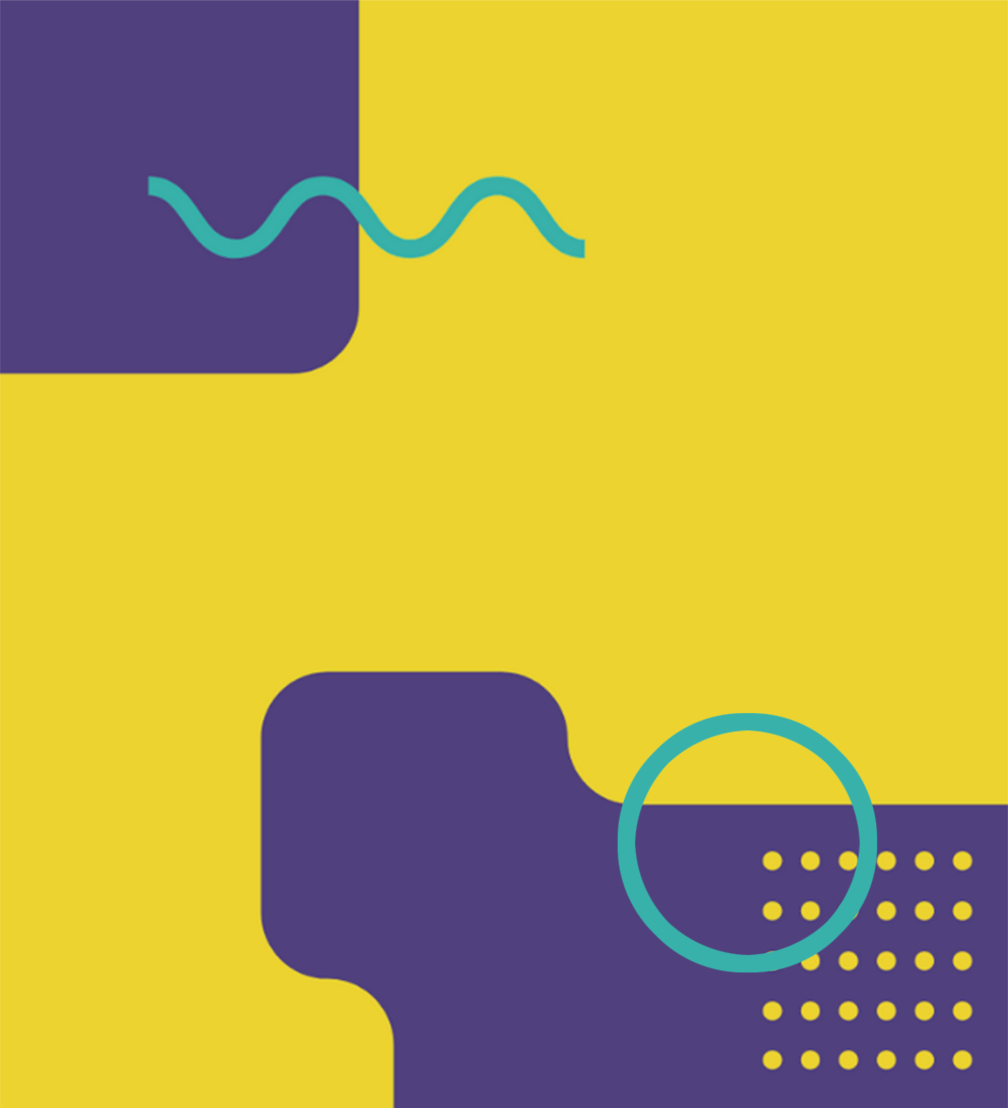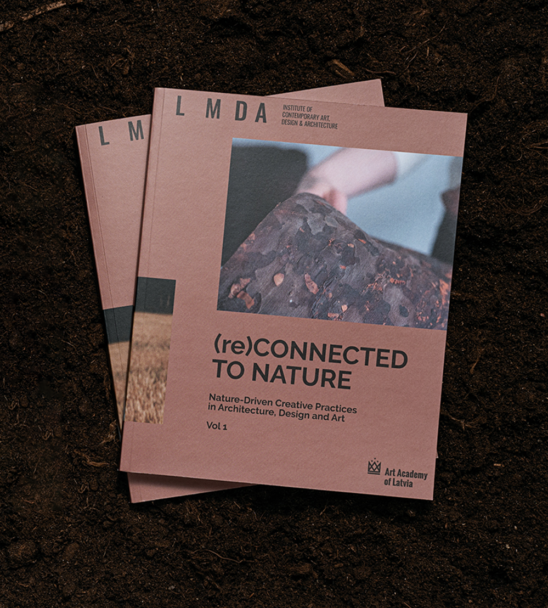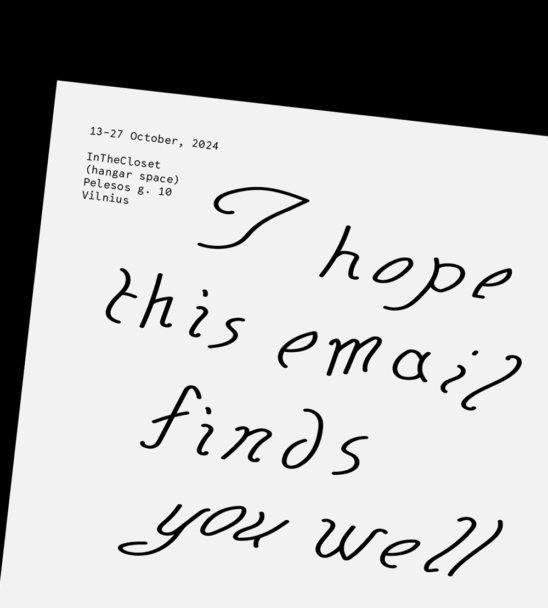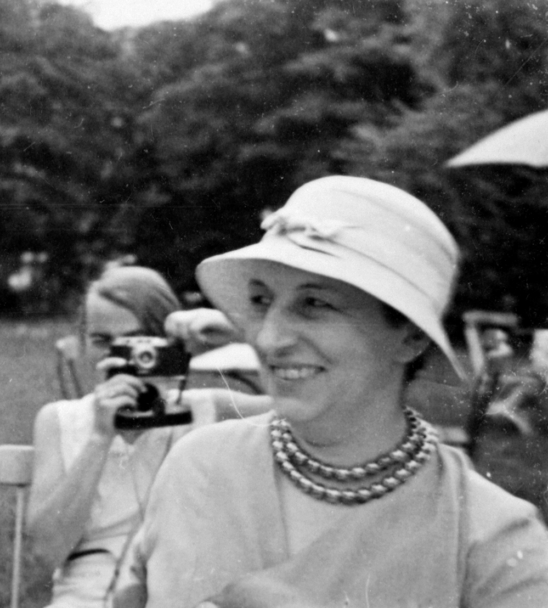
The Social Entrepreneurship Association of Latvia, in collaboration with partners from Estonia and Lithuania, has developed a handbook that summarises nine practical methods that can help organisations plan, implement and describe the positive changes they want to bring to society. The material is available free of charge in English, Latvian, Lithuanian, and Estonian.
The handbook is designed to help organisations plan, implement, measure, and improve their activities in a targeted and meaningful way, increase their positive social impact, and reduce the potential negative consequences of their activities. Although the handbook is aimed at organisations working with youth, the tools described in the material are suitable for any organisation.
The book includes nine methods for managing social impact: problem tree, goal tree, stakeholder map, beneficiary journey map, theory of change, impact indicators list, research methods list, measurement plan, and organisational model canvas. The manual describes both the methods themselves and their meaning, and indicates at which stage — planning, implementation or evaluation — each tool should be used. The main steps of the methods and the different degrees of complexity in which each method can be implemented are also described. Each tool is supplemented by examples, working materials and a video explaining how to use the method.
Many of the methods in the handbook have been used for decades and have become well-known tools for impact management and analysis. The material also uses service design techniques and a business model canvas method that is adapted to the needs of youth organisations in the book.
The book is available free of charge on the LSUA website in English, Latvian, Lithuanian, and Estonian.
The handbook has been developed and tested by the Social Entrepreneurship Association of Latvia, Estonian research and impact consulting company Stories of Impact, the National Youth Council of Latvia, Lithuanian non profit organisation Geri Norai and the Estonian National Youth Council. The handbook is part of the project Baltic: Youth: Impact:, funded by the European Commission Erasmus + Youth in Action programme.




Viedokļi